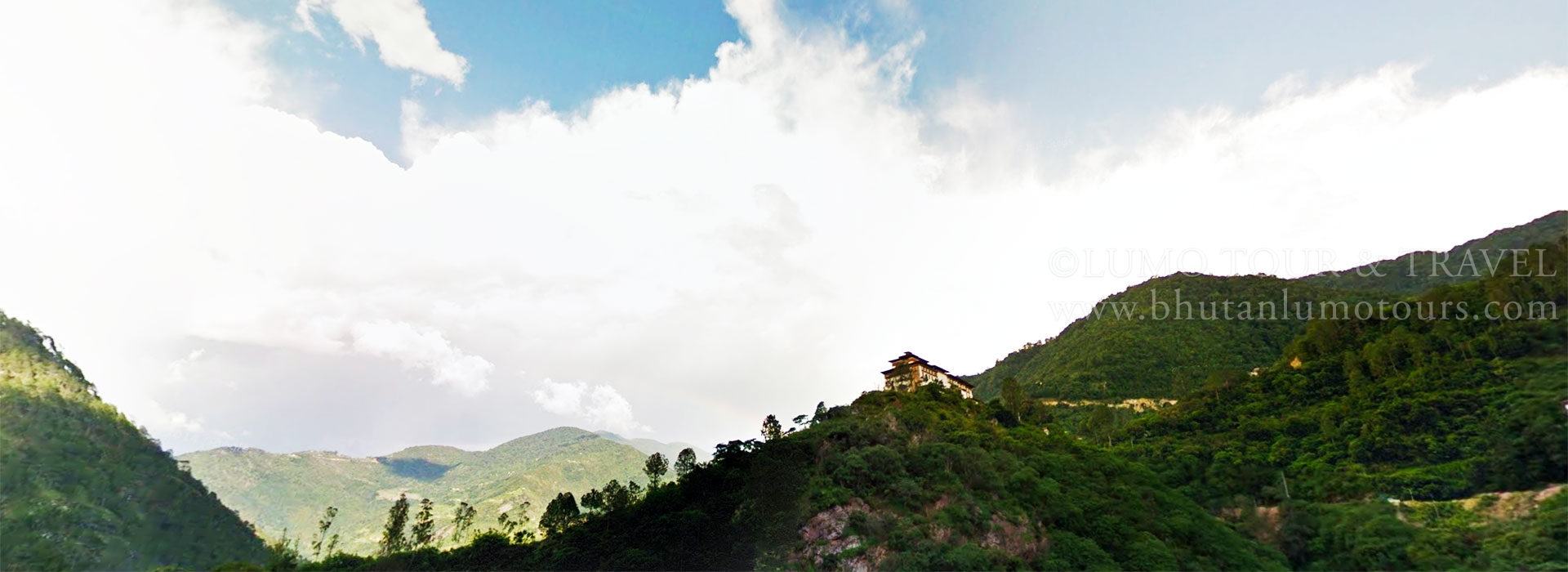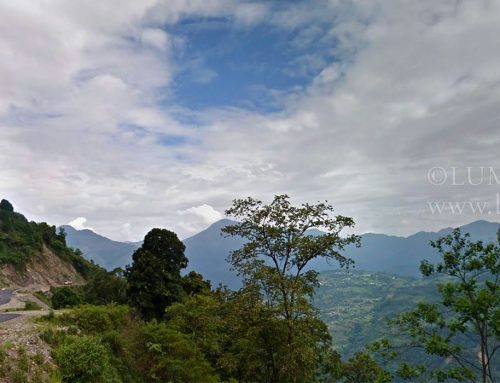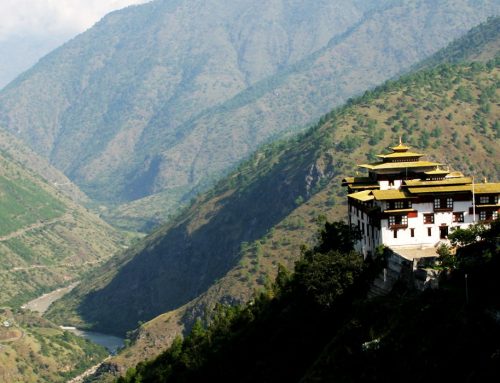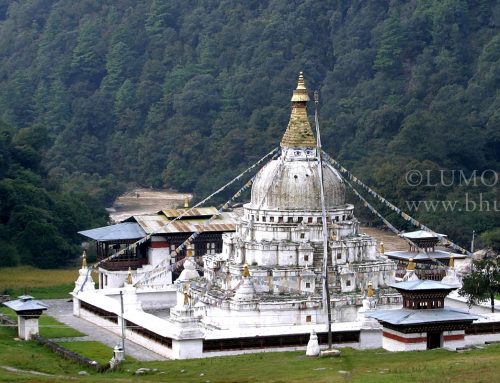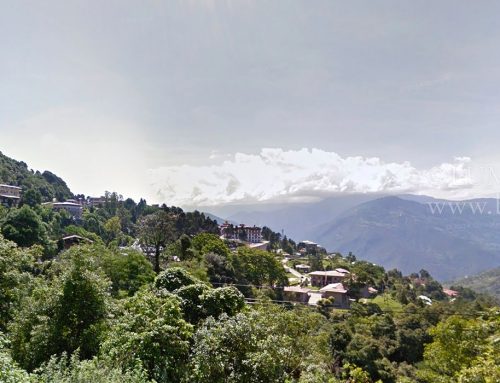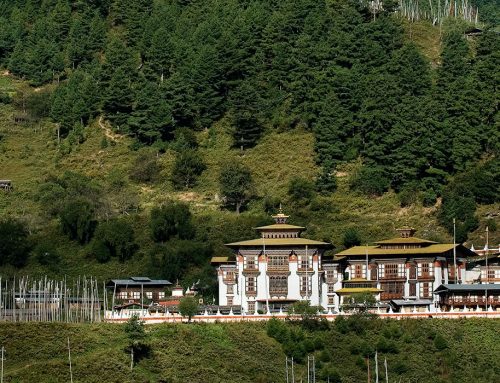This remote district with a population of about 15,000 people is the spiritual home to Bhutan’s beloved kings. Known also as Kurtoe, the district boasts some of the most sacred sites of pilgrimage in the country.
Its majestic fortress, the Lhuentse Dzong, was built in 1552. It was enlarged in 1966 and renamed Lhundub Rinchen Tse Dzong. The other two places of significance are the Choeje Nagtshang and the famed Singye Dzong, one of the most important sites of pilgrimage in Bhutan.
The present lineage of Bhutan’s royal family comes from the House of Dungkar in Lhuentse from where Jigme Namgyel, the progenitor of the Wangchuck dynasty, set out to conquer and unify the country in the late 19th century.
The Jangchubling Monastery is another important religious seat. It was founded in the 18th century, and the daughter of Bhutan’s first king, Her Royal Highness Ashi Wangmo lived out the end of her days as a nun at the monastery.
The people of Lhuentse are mostly paddy farmers. They also grow maize, millet, barley, wheat, and buckwheat.
Lhuentse is celebrated for its fine textile tradition and some of the best weaves in the country come from Khoma village. This highly sophisticated and exquisite silk textile is called the Kishuthara, and is a major attraction for tourists. The textiles are available in most handicraft shops in the capital.
The people of Lhuentse still practice many shamanic bon rituals, the most significant being called Choedpas, a mask dance performance similar to other major festivals of western and central Bhutan. The region is also renowned for its rich folk songs.
Places of Interest: Lhuentse Dzong, Dungkar Nagtshang, Choeje Nagsthang, Singye Dzong, Kilung Lhakhang, Jangchubling Monastery, Khinyel Lhakhang, Khoma Village.


